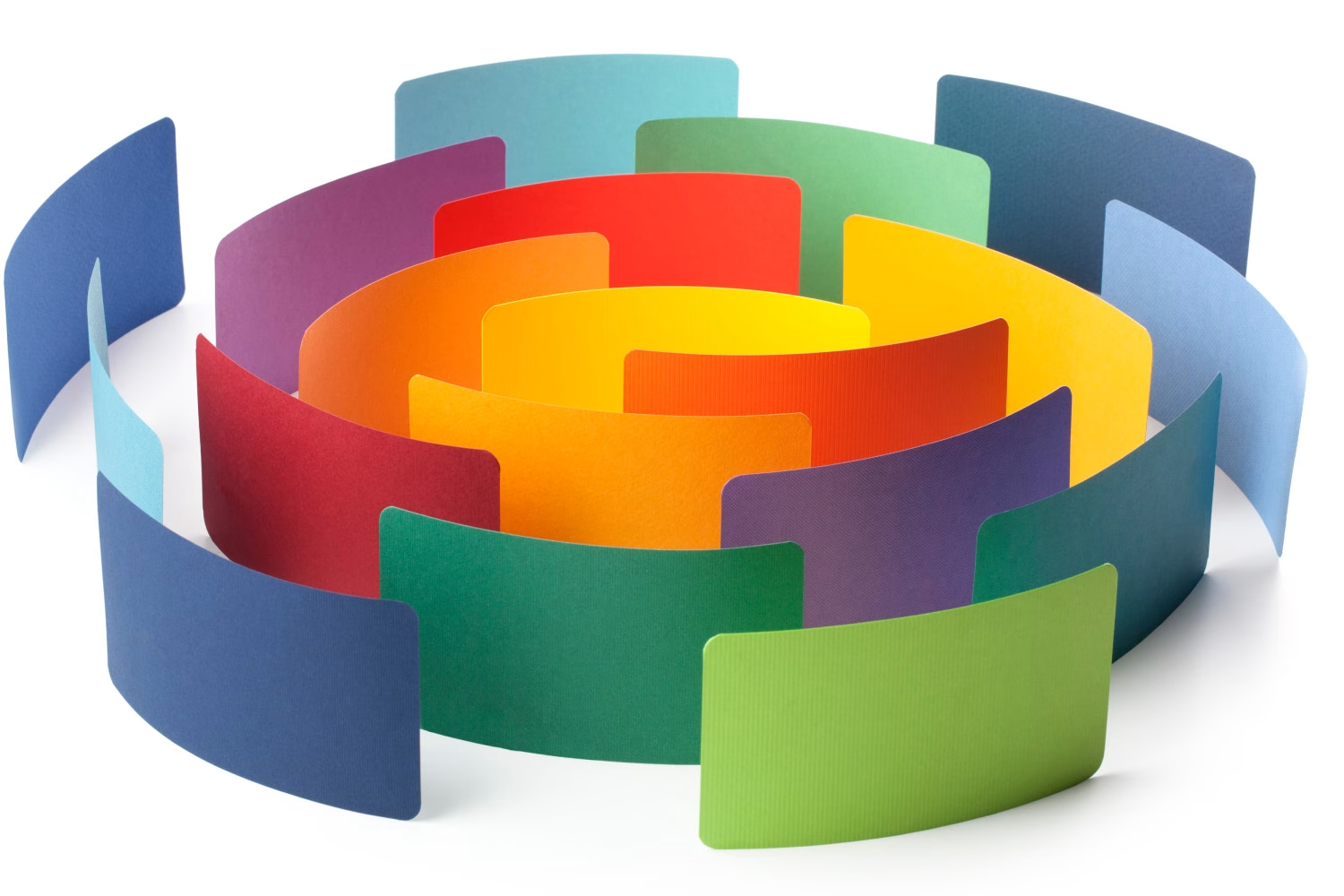How to Stop Worrying and Love Omnichannel Strategies

Share this story
For content marketing across channels, it’s not just about connecting the dots. It’s about understanding what the dots do, and why they’re there.
Does the word “omnichannel” strike fear in your heart?
The idea of creating a content marketing strategy for all channels is daunting. You need a deeply detailed playbook to make sure all of your online and offline channels — and the tactics you use within them—work together to create an engaging customer experience.
You can simplify, though. “Just because you can, doesn’t mean you should,” the adage comes to mind. A better guide: “A place for everything, and everything in its place.”
The benefits of omnichannel marketing
When it comes to content marketing, the omnichannel imperative starts with a keen knowledge of the channels and platforms at your creative disposal. The nuance comes from understanding your audience’s wants and needs, what types of content and messages best fit each channel and how to get them in front of the right people.
It’s not just connecting the dots. It’s understanding what each dot can do and how you can best use it.
Take print magazines, for example. No, print is not just a tool for targeting baby boomers. It’s a high-value, deep-dive platform — a tangible connection in an era where email boxes are clogged with sales spam.
Just as print provides a physical presence, digital provides immediacy. Whether you’re covering trending topics, delivering tightly timed email newsletters or imparting visual wisdom through how-to infographics, digital content provides the power to be both nimble in responding to user needs and consistent in being a presence in their lives. In the best cases, brands are delivering all of the above through a well-organized, frequently updated content hub rather than a scattered site.
And social, established though it is, is going through its own evolution. It’s not just a distribution tool now. The best creators know how to craft original content that delivers on each channel’s promise. Twitter’s the newsroom. Facebook is the water cooler and, often, the classroom. LinkedIn is the after-work networking event. Instagram, TikTok and YouTube are the visual playgrounds.
But once you know what the dots do best, you really do need to connect them.
“It’s not just connecting the dots. It’s understanding what each dot can do and how you can best use it.”
A baked-in omnichannel marketing strategy
Building a sound omnichannel content program starts with knowing your audience and being strategic about the formats of content that are both appropriate and necessary to meet your marketing and business objectives.
For example, when Imagination helped B2B client Dawn Foods launch its first integrated content marketing initiative, our deep dive into its customers, prospective customers, competitors and key internal stakeholders gave us the insight we needed to help the company more aggressively promote its heritage and expertise. It gave us the knowledge to choose channel-specific content that would set this third-generation bakery supplier apart.
For artisanal bakers — the biggest chunk of its base — we launched Batter Up, a quarterly print magazine focused on “the art and business of baking.” The handy reference guide was also aspirational, offering tips for using unusual ingredients in unexpected ways, for instance.

Dawn Food’s digital content — a healthy mix of text and visual articles — geared to in-store bakery managers and foodservice executives. So topics ran the gamut from pricing strategy to tackling a holiday rush. All of this was supplemented by not only well-promoted Facebook and Instagram engagement but also a robust LinkedIn strategy for a professional network.
The icing on the cake: Dawn Foods’ sales team received a monthly guide that helped them leverage all of this content in their conversations with clients and prospects. It’s worth remembering that omnichannel content marketing is only part of the bigger picture; connecting with sales or other objectives is critical.
This integrated strategy has packed a strong punch in its early days, drawing in a substantial number of social followers, creating a deep level of engagement with the site and expanding national distribution of the hard copy magazine.
Ultimately, Dawn Foods — like other organizations pursuing a smartly integrated content marketing strategy — reaped the benefits of working the right messages through multiple channels in the right voice.
Creating and consistently producing an effective omnichannel content marketing strategy can be daunting. But with the right agency partner to help you strategize, execute and market your content, the rewards are well worth the effort.


